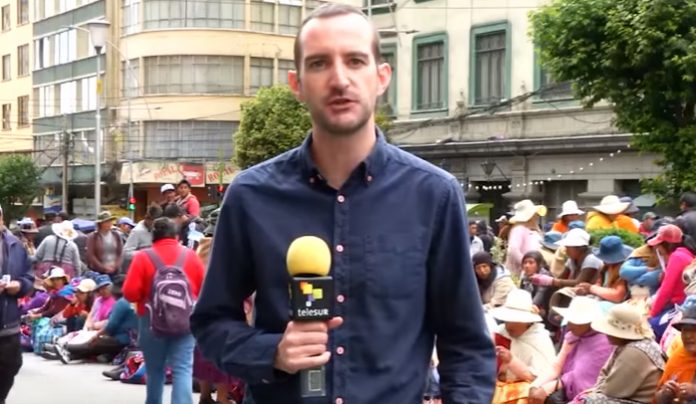Among the poorest nations of South America, Bolivia is not an exception in which it has exhibited widespread poverty around the country. This has been observed particularly among the indigenous people of Bolivia that constitute the majority of the population.
Poverty Rate
With the state considered as one of the poorest in the world, 60% of the population lives below the poverty line. It is even higher in rural areas in which 3 out of 4 citizens are living in poverty. For this reason, the indigenous communities, including the young people and the women become vulnerable to food insecurity.
Despite being known to be in the lower-middle-income nation, Bolivia still exhibits income inequality among various population groups. In fact, the country just ranks 108th out of the 187 countries in the UN Development Program’s Human Development Index. Moreover, the country only depends on the commodity exports that the people get from raw materials in order to maintain the movement of the economy.
There are also environmental issues that include climate change, desertification, deforestation, and soil depletion. Aside from that, majority of the women in rural areas have less access to training as well as technical or credit assistance. Likewise, they have little access to education and health services. Thus, the high seasonal migration within the nation has put the strain on rural households that are within the poverty line.
Statistics and Facts
1. The country has over 10 million in population as of the census taken by the end of 2012. With this status, 45% of them are living below the poverty line.
2. The nation also shows 19.8% to be malnourished based on the data gathered by the FAO/WFP Hunger Map in 2014.
3. 41% of the rural households are still not able to afford the minimum food basket, even as the extreme poverty count has decreased from 45% to 21% in 2000 and 2011, respectively.
4. Children who belong to a household and are under the age of 5 don’t have access to safe potable water. This makes it hard for the people to prepare food. This constitutes to about 24.5% of the households with that same number of children with specific age group.
5. 6.6% of children around the country are also born underweight only having an average of 2.5 Kg.
6. 7% of the women in Bolivia don’t have access to basic education, which has affected the nutritional habits of the families living in the country.
7. 6.5% of the children between the ages of 6-8 months aren’t breastfed, which can affect the proper growth and development of the children.
8. The country has reduced the levels of malnutrition from 27.1% to only 18.1% in children who are under the age of 5.
9. The Bolivian government has aimed to end the poverty and hunger in the country. According to its State Constitution, the Right to Adequate food has been declared. This ratifies the provision in the Patriotic Agenda 2025 to fight and promote food sovereignty.
10. Among children aged 3-59 months, anemia is one of the health problems which constituted to about 60%.
Crystal Lombardo is a contributing editor for Vision Launch. Crystal is a seasoned writer and researcher with over 10 years of experience. She has been an editor of three popular blogs that each have had over 500,000 monthly readers.


















